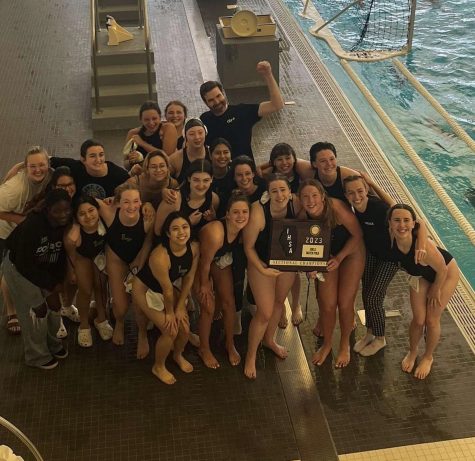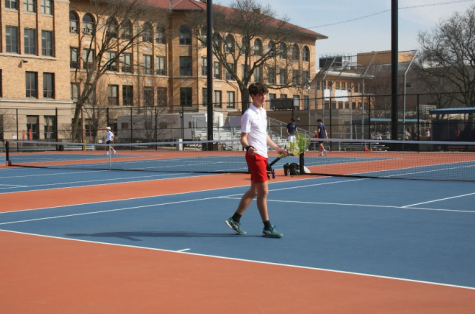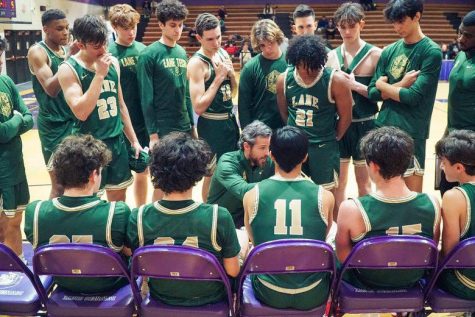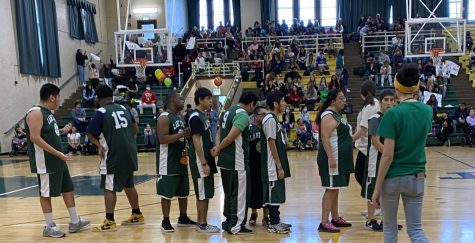Special Olympics: diverse learners race to the finish line
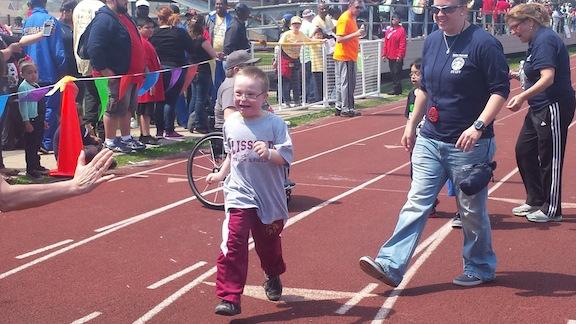
Evan looked up at me as we stood at the starting line and said, “Ms. Erika, is Evan going to run now?”
I said, “Yes! Is Evan going to run fast?”
He said, “Yes!” as he rubbed his hands together, laughing with anticipation.
He won first place in his division. The look on all their faces at the finish line were almost exact replicas of each other.
This was the first year that I was invited to help out at Special Olympics after seven years of working with these children beside my mother. Evan is an autistic boy from Courtenay Elementary School whom I work with; he is 10 years old and studies alongside 8-year-olds and 12-year-olds who also have autism.
From May 4 to May 8, children, teens, and adults with autism, Down syndrome, and many other neurological disorders take part in an event called Special Olympics. The event includes different institutions in Chicago, such as elementary schools and high schools, and takes place worldwide. The 2015 Special Olympics for Chicago was at Soldier Field and Eckersall Stadium.
According to Mrs. Tucki, a teacher for diverse learners at Lane, Special Olympics is an athletic competition for people with disabilities varying in age and type of disorder, consisting of events like running/walking track throwing a softball or tennis ball.
“It is a very social atmosphere and I think [the kids] really enjoy that,” Tucki said, referring to the students.
Most parents are supportive of the participation of their children in the Special Olympics, which gives them an opportunity to interact with other students who have similar challenges.
“It’s hard for families to come to the event because they are so far away, but the families are very involved.”
The students are able to partake in events such as track and field, long jump, throwing, and many other out- door activities. They are awarded different medals based on their placement; even if the participant does not place they receive ribbons for participation.
I began to help train the kids who attend Courtenay Elementary in April; in training we drew lines, to mimic the track, and encouraged the kids to run back and forth between the lines. Similar routines are practiced here at Lane.
“The students prepare during their PE class,” said Tucki. “They’ll take them out to the track and their [PE Buddies] of course will cheer them on and help them get ready.”
PE Leaders or PE Buddies is a class offered here at Lane in which you work with diverse learners. Some of the Buddies participate as volunteers in Special Olympics alongside their fellow student athletes. Lane even hosts its own Special Olympics afterwards with the help of Mr. Hofman, Lane’s athletic director; this event is exclusive to Lane students with disabilities.
At Eckersall Stadium, some of the children were overwhelmed and upset due to the number of people attending, while others were excited and ready to start competitions. The mass of people present at Special Olympics spread across the stadium, on the fields, and even in the children’s park nearby.
The event is held to inspire people of all ages to overcome any obstacle such as a disability or condition. These individuals are not usually perceived as athletes and it is an invigorating experience for them.
Thank you!! We met our goal for the 2023-24 school year! Your contributions covered our annual website hosting costs, which are no longer covered by our district/school. Student journalists at Lane Tech use this archive to research past coverage of various topics and link to past stories to offer readers additional context for current stories. Thank you for supporting the award-winning reporting and writing of journalism students at Lane Tech College Prep!
Background information on why the school district no longer allows our school to cover web hosting costs:
https://lanetechchampion.org/12583/uncategorized/special-coverage-impact-of-soppa-on-cps-students-teachers/
https://lanetechchampion.org/11702/opinion/staff-editorial-cpss-soppa-policy-is-choking-students-learning-and-the-champion/




